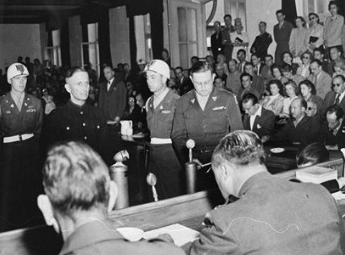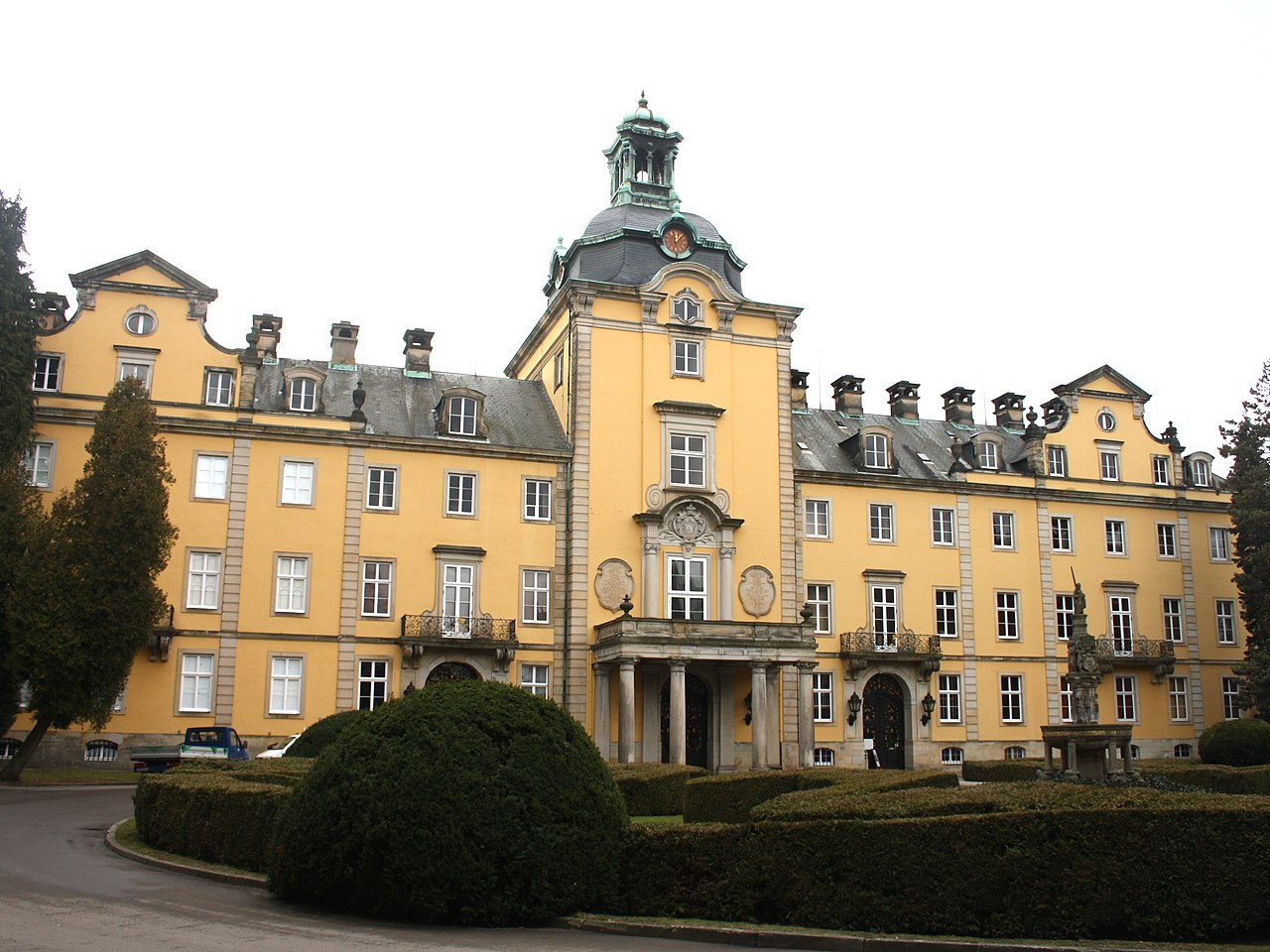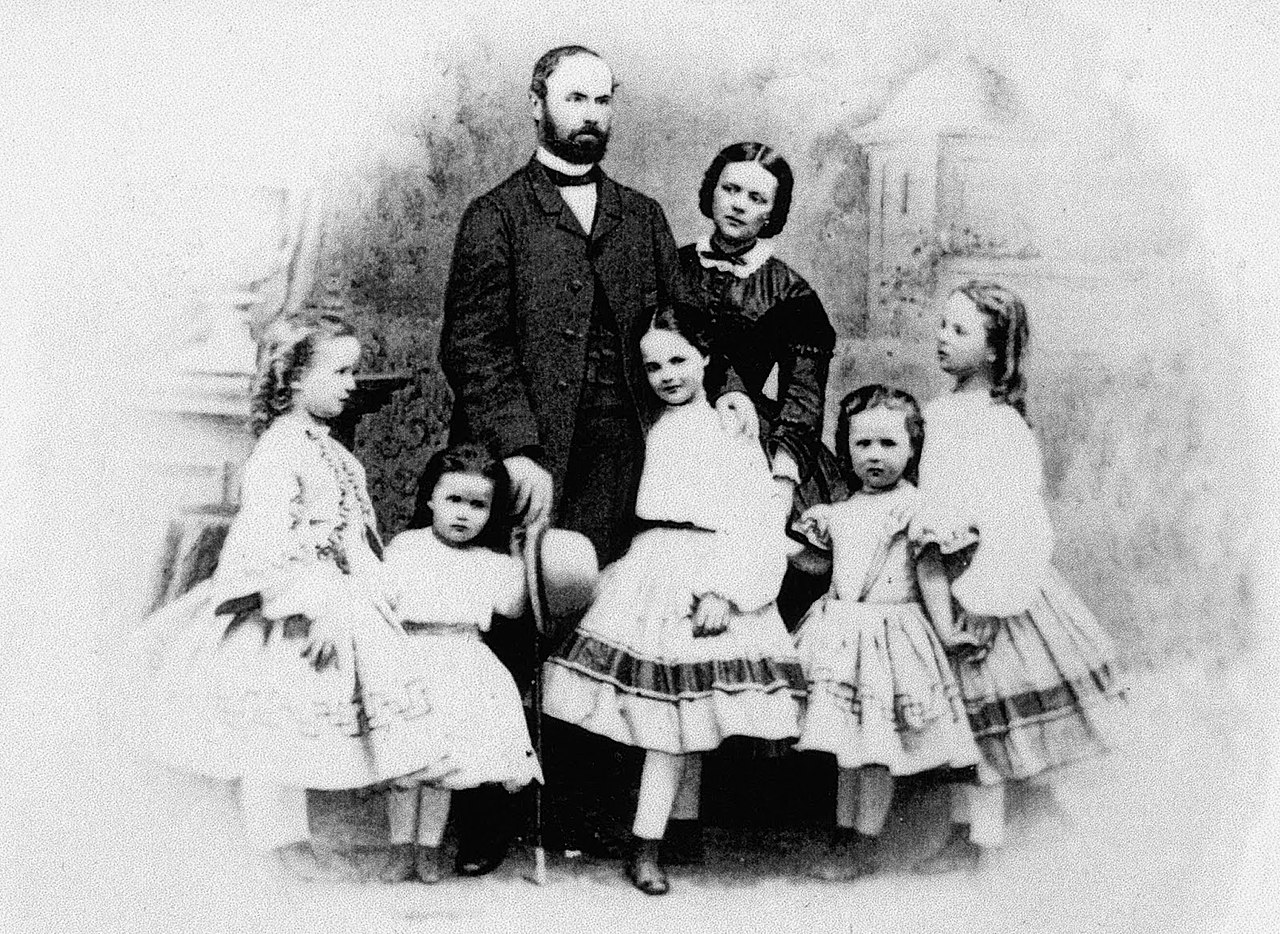by Susan Flantzer
© Unofficial Royalty 2024
The County of Waldeck was a county within the Holy Roman Empire since 1180. In 1625, the much smaller County of Pyrmont became part of the much larger County of Waldeck through inheritance and the combined territory was known as the County of Waldeck-Pyrmont. In 1712, Friedrich Anton Ulrich, Count of Waldeck-Pyrmont was elevated to Prince of Waldeck-Pyrmont by Holy Emperor Karl VI.
Friedrich, the last Prince of Waldeck-Pyrmont, abdicated on November 13, 1918, and negotiated an agreement with the government that gave him and his descendants the ownership of the family home Arolsen Castle and Arolsen Forest. Today the territory that encompassed the Principality of Waldeck-Pyrmont is located in the German states of Hesse and Lower Saxony
********************
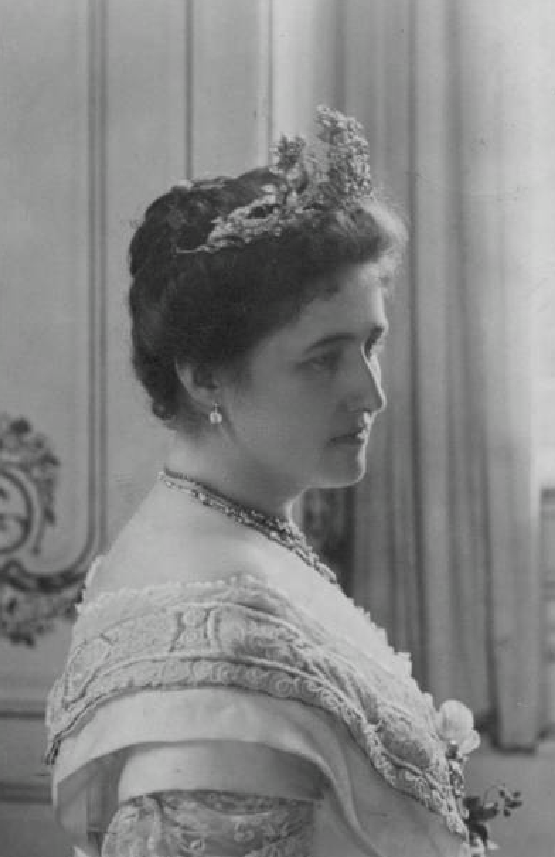
Bathildis of Schaumburg-Lippe, Princess of Waldeck and Pyrmont; Credit – Wikipedia
Princess Bathildis of Schaumburg-Lippe was the wife of Friedrich, the last reigning Prince of Waldeck-Pyrmont. Bathildis Marie Leopoldine Anna Auguste was born on May 21, 1873, in Ratibořice, then in the Kingdom of Bohemia, now in the Czech Republic. She was the sixth of the eight children and the second of the four daughters of Prince Wilhelm of Schaumburg-Lippe and Princess Bathildis of Anhalt-Dessau. Bathildis’ paternal grandparents were Georg Wilhelm, Prince of Schaumburg-Lippe and Princess Ida of Waldeck and Pyrmont. Her maternal grandparents were Prince Friedrich August of Anhalt-Dessau and Princess Marie Luise Charlotte of Hesse-Kassel.
Bathildis had seven siblings:
- Princess Charlotte of Schaumburg-Lippe (1864 – 1946), married (2nd wife) King Wilhelm II of Württemberg, no children
- Prince Franz Josef of Schaumburg-Lippe (1865 – 1881), died in his teens
- Prince Friedrich of Schaumburg-Lippe (1868 – 1945), married (1) Princess Louise of Denmark, had three children (2) Princess Antoinette of Anhalt, had two children
- Prince Albrecht of Schaumburg-Lippe (1869 – 1942), married Duchess Elsa of Württemberg, had four children
- Prince Maximilian of Schaumburg-Lippe (1871 – 1904), married Duchess Olga of Württemberg, had three children
- Princess Adelheid of Schaumburg-Lippe (1875 – 1971), married Ernst II, Duke of Saxe-Altenburg, had four children, divorced in 1920
- Princess Alexandra Karoline of Schaumburg-Lippe (1879- 1949), unmarried

Náchod Castle; Credit – Wikipedia
Bathildis’ family spent much time in the Kingdom of Bohemia, now part of the Czech Republic. In 1839, her grandfather, Georg Wilhelm, Prince of Schaumburg-Lippe, bought the town of Náchod, then in the Kingdom of Bohemia, and Náchod Castle. The Schaumburg-Lippe family possessed the town and castle until 1945.
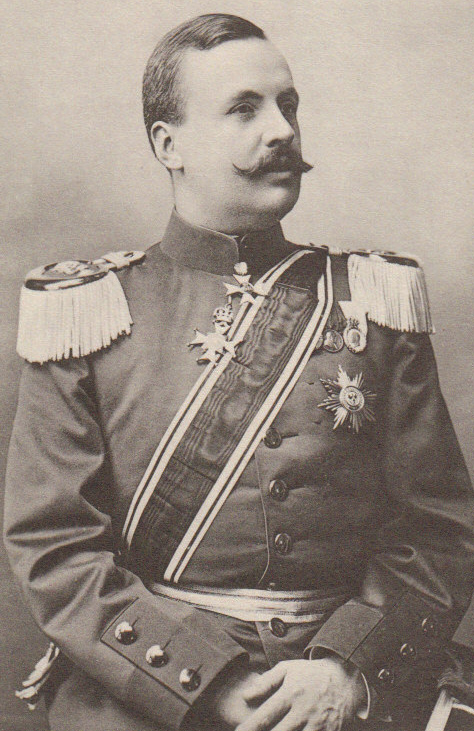
Friedrich, Prince of Waldeck-Pyrmont; Credit – Wikipedia
On August 9, 1895, at Náchod Castle, 22-year-old Bathildis married 30-year-old Friedrich, Prince of Waldeck-Pyrmont.
Bathildis and Friedrich had four children:
- Josias, Hereditary Prince of Waldeck-Pyrmont (1896 – 1967), married Altburg of Oldenburg, had five children; Josias was a convicted Nazi war criminal
- Maximilian of Waldeck-Pyrmont (1898 – 1981), married Countess Gustava von Platen Hallermund, had three children
- Helena of Waldeck-Pyrmont (1899 – 1948), married Nikolaus, Hereditary Grand Duke of Oldenburg, had nine children
- Georg Wilhelm of Waldeck-Pyrmont (1902 – 1971), married Countess Ingeborg von Platen Hallermund, had five children.
During World War I, Friedrich, Bathildis’ husband, served as a Cavalry General in the Imperial German Army. After the defeat of the German Empire in World War I and the end of all the German monarchies, Friedrich abdicated on November 13, 1918. However, he was the only German prince who refused to sign an abdication agreement. Philipp Scheidemann, the Social Democratic Mayor of Kassel, jokingly called him “Friedrich the Defiant” because of his resistance. Friedrich negotiated an agreement with the new government that gave him and his descendants the ownership of the family home Arolsen Castle and the Arolsen Forest.

Bathildis’ eldest son Josias; Credit – Wikipedia
Both Bathildis and her husband Friedrich lived through World War II. While neither joined the Nazi Party, their eldest son Josias, his wife Altburg, and their eldest child Margarethe were members of the Nazi Party. Josias joined the Nazi Party in 1929 and by 1930, he was a member of the Schutzstaffel, better known as the SS. The SS was the primary agency of security, surveillance, and terror in Nazi Germany and German-occupied Europe. In September 1930, Josias become the Adjutant and Staff Chief of Heinrich Himmler, the head of the SS, one of the most powerful men in Nazi Germany, and the main architect of the Holocaust. Josias rose through the ranks of the SS, eventually attaining the rank of General of the Waffen-SS, the military branch of the SS. Members of the Waffen-SS were involved in numerous atrocities. At the Nuremberg Trials (1945 – 1946), the Waffen-SS was judged to be a criminal organization because of its direct involvement in numerous war crimes and crimes against humanity.
On April 13, 1945, Josias was taken prisoner by American forces. During World War II, Josias had supervisory authority over the Buchenwald concentration camp. He was sentenced to life imprisonment for crimes in connection with the Buchenwald concentration camp by an American court in Dachau, Germany, during the Buchenwald Trial on August 14, 1947. In 1948, Josias’s sentence was reduced to twenty years. He was released early from the Landsberg War Crimes Prison for health reasons in 1950.

Princely Mausoleum and Cemetery; Credit – www.findagrave.com
Bathildis’ husband Friedrich, the last Prince of Waldeck-Pyrmont, died on May 26, 1946, at the age of 81 in Arolsen, Germany. His son Josias became Head of the House of Waldeck-Pyrmont while in custody. Bathildis survived her husband by sixteen years, dying on April 6, 1962, aged 88, in Arolsen, West Germany, now in Germany. She was buried with her husband in the Princely Cemetery at Schloss Rhoden (link in German) in Rhoden, now in the German state of Hesse.
This article is the intellectual property of Unofficial Royalty and is NOT TO BE COPIED, EDITED, OR POSTED IN ANY FORM ON ANOTHER WEBSITE under any circumstances. It is permissible to use a link that directs to Unofficial Royalty.
Works Cited
- De.wikipedia.org. 2023. Bathildis zu Schaumburg-Lippe. [online] Available at: <https://de.wikipedia.org/wiki/Bathildis_zu_Schaumburg-Lippe> [Accessed 3 November 2023].
- En.wikipedia.org. 2023. Prince William of Schaumburg-Lippe. [online] Available at: <https://en.wikipedia.org/wiki/Prince_William_of_Schaumburg-Lippe> [Accessed 3 November 2023].
- En.wikipedia.org. 2023. Josias, Hereditary Prince Of Waldeck And Pyrmont. [online] Available at: <https://en.wikipedia.org/wiki/Josias,_Hereditary_Prince_of_Waldeck_and_Pyrmont> [Accessed 3 November 2023].
- En.wikipedia.org. 2023. Princess Bathildis Of Schaumburg-Lippe. [online] Available at: <https://en.wikipedia.org/wiki/Princess_Bathildis_of_Schaumburg-Lippe> [Accessed 3 November 2023].
- Flantzer, Susan, 2021. Friedrich, Prince of Waldeck-Pyrmont. [online] Unofficial Royalty. Available at: <https://www.unofficialroyalty.com/friedrich-prince-of-waldeck-pyrmont/> [Accessed 3 November 2023].
- Petropoulos, Jonathan, 2009. Royals And The Reich. Oxford: Oxford University Press










